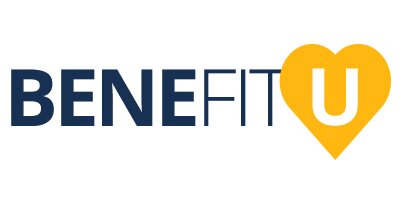BY ERIN OSIER
VP, ENTERPRISE PLACEMENT, PC
There are multiple professions I can relate to while working as an insurance broker. We wear many hats. Reaching beyond the technical insurance components and past all the acronyms, codes, and exposure schedules, we often serve more like counselors, lawyers, experts, educators, and researchers.
However, most days I feel like Jerry Maguire. Yep! I’m talking about Tom Cruise in the 1996 movie “Jerry Maguire” where he plays a sports agent who had a moral epiphany — finding himself fiercely dedicated to his client. Remember the scene in the locker room where Jerry and his client, Rod Tidwell (played by Cuba Gooding Jr.), are discussing the best way to negotiate the pre-season contract? Jerry Maguire cares so deeply and wants so badly to get the best results for the client, but he can’t do it alone. Jerry starts pleading, “Help Me…Help You. Help me, help you. Help ME Help YOU!”
In placing insurance for my clients, I’m like Jerry. I, too, want the very best contract. An (insurance) contract with the best possible terms and conditions for the best possible price… “Show me the Money!” Like Jerry, I can’t do it alone. I need your help.
We ask a lot of questions about your business — the operations, safety and loss control practices, forecast for the coming year, the creation and delivery of your products, claims history, and on and on. We want to understand your business, your risk management style, and your needs from insurance.
Rest assured, there’s a method to our madness. You see, underwriters in the marketplace often have flexibility when it comes to pricing your insurance. The better we can understand and tell the story of your business, the more favorable the playing field for price and coverage negotiations.
“You had me at hello!”, said no underwriter ever — and I know, I used to be one. However, underwriters do respond to information…details that can set you apart from the pack or show how far you’ve come.
For example: Details about your safety and loss control programs allow the insurance company to be more aggressive on the price of your insurance premiums.
Instituting multiple safety and loss control measures in the workplace help minimize future claims from occurring. Those efforts also help minimize the size of the claim if they do occur. To underwriters, this means lower the likelihood (frequency) and smaller the size (severity) of claims to be paid. Therefore, allowing the underwriter to be aggressive (lower) on price.
For example, do you have:
A full or part-time safety director?
A safety committee?
A return-to-work program?
Toolbox talks with your construction crews?
Personal Protective Equipment (PPE) provided for employees?
Drug and alcohol testing requirements for hiring employees?
Pre-employment physical capacity screenings?
If there are claims in your past, you may not feel like bragging. I get it. Running a business is not always touchdowns and field goals. But you’d be surprised, underwriters want to hear about the claims history, too. Sharing what you learned from the claims and, most importantly, what you changed at your company to prevent that claim from happening again is a game changer. It gives underwriters comfort that precautions were made, and they don’t need to fund for those types of claims. It can take a potential punitive situation and turn it into positive results (lower premiums).
Brag about your business and share with us all the wonderful safety and loss control measures you take. These actions already help improve the safety culture in your organization, but it can also help you drive down the cost of your insurance!
The next time I start asking all those questions, just picture me as Jerry Maguire so deeply and wanting the best results for you, our client. “Help me…help you!”
